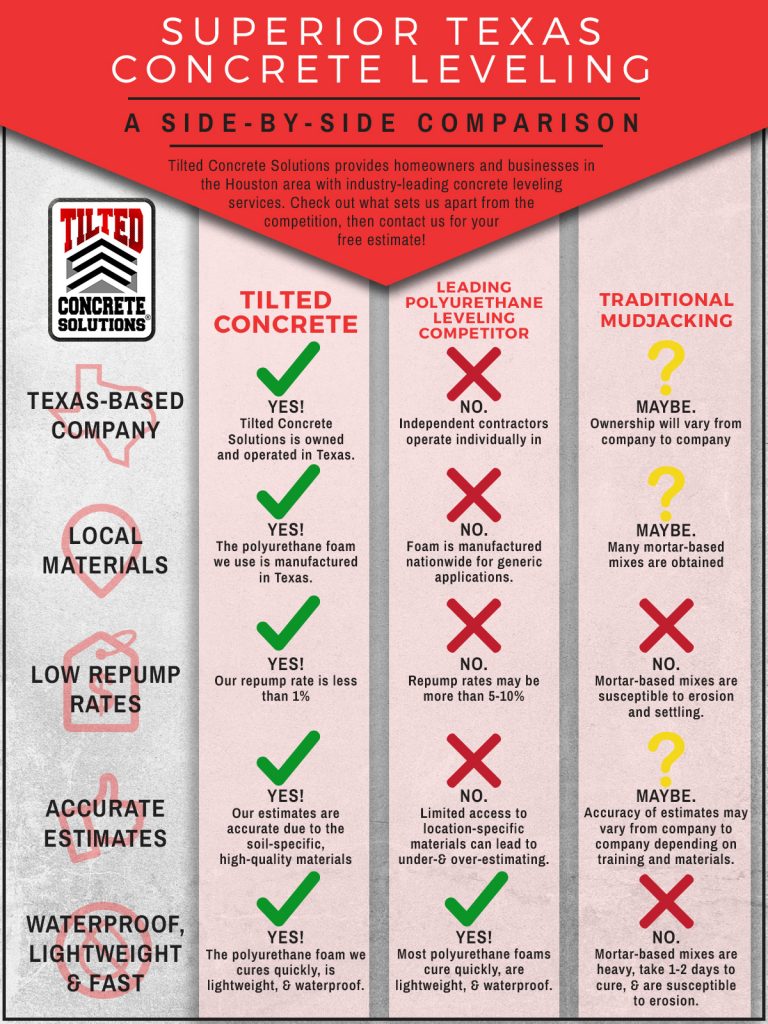Trick Seasonal Considerations For Commercial Exterior Paint: What You Need To Be Informed Concerning
Trick Seasonal Considerations For Commercial Exterior Paint: What You Need To Be Informed Concerning
Blog Article
Article Created By-Regan Decker
When you're intending an industrial outside paint task, seasonal variables can make or break your results. You'll wish to take into consideration how temperature and humidity effect paint application and drying times. Choosing the best period can ensure your paint adheres effectively and lasts longer. Yet which periods are absolutely the most effective for this type of work? Allow's explore the key elements that can influence your project's success.
The Influence of Temperature on Paint Application
When you're planning a business exterior paint project, the temperature level can substantially influence how well the paint adheres and dries out.
Preferably, you wish to repaint when temperature levels vary in between 50 ° F and 85 ° F. If it's too cold, the paint might not heal appropriately, bring about concerns like peeling off or breaking.
On the other hand, if it's also warm, the paint can dry out too swiftly, avoiding appropriate attachment and resulting in an unequal finish.
You need to also think about the time of day; morning or late afternoon uses cooler temperatures, which can be more favorable.
Always examine the supplier's referrals for the particular paint you're making use of, as they commonly provide assistance on the optimal temperature level array for optimum results.
Moisture and Its Impact on Drying Times
Temperature level isn't the only environmental variable that affects your industrial outside paint task; moisture plays a considerable role as well. High moisture levels can slow down drying times significantly, impacting the general high quality of your paint job.
When the air is saturated with wetness, the paint takes longer to cure, which can result in issues like bad adhesion and a higher risk of mold development. If you're painting on a particularly humid day, be planned for extensive delay times between layers.
It's vital to check regional weather conditions and plan accordingly. Preferably, aim for moisture degrees in between 40% and 70% for ideal drying.
Keeping these consider mind ensures your job stays on track and provides a long lasting coating.
Best Seasons for Commercial Exterior Paint Projects
What's the best time of year for your commercial external painting jobs?
Springtime and early loss are generally your best options. Throughout these seasons, temperature levels are light, and humidity degrees are typically reduced, producing excellent problems for paint application and drying.
Avoid summertime's intense heat, which can cause paint to dry also promptly, leading to bad bond and finish. In a similar way, winter's chilly temperature levels can hinder proper drying out and curing, risking the durability of your paint task.
Go for days with temperatures in between 50 ° F and 85 ° F for optimal results. Remember to check the neighborhood weather report for rain, as wet conditions can ruin your job.
Preparation around these elements guarantees your paint project runs smoothly and lasts much longer.
Verdict
In conclusion, preparing your commercial outside paint tasks around seasonal factors to consider can make a substantial distinction in the result. By go to the website throughout the ideal temperatures and humidity degrees, you'll make certain much better adhesion and drying times. Keep in mind to keep an eye on local weather forecasts and pick the right time of year-- spring and early autumn are your best choices. Taking how do you know if paint has gone off will certainly assist you achieve a resilient and expert surface that lasts.
